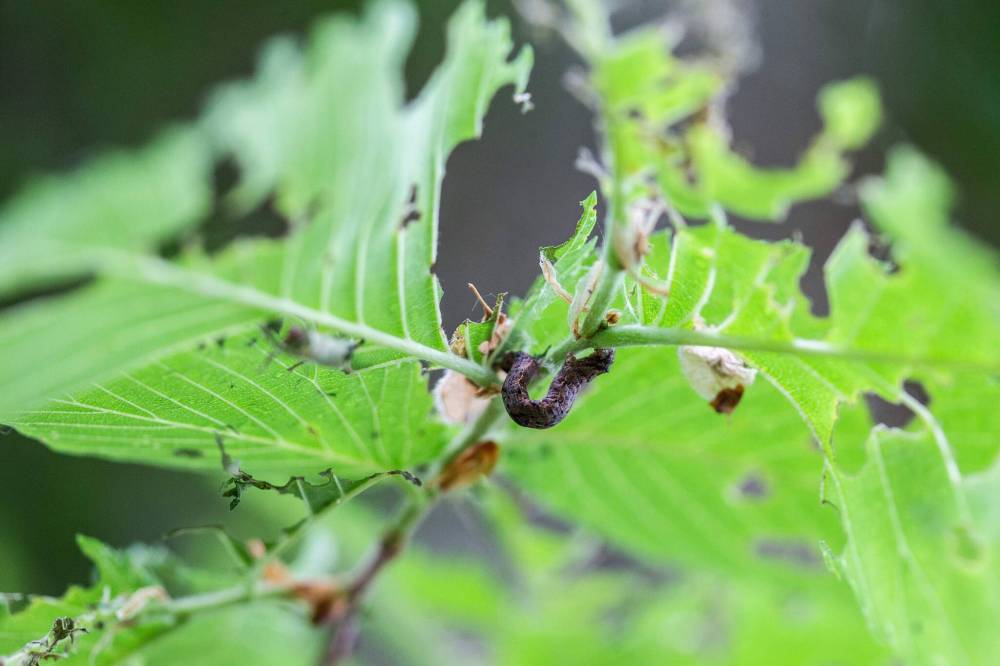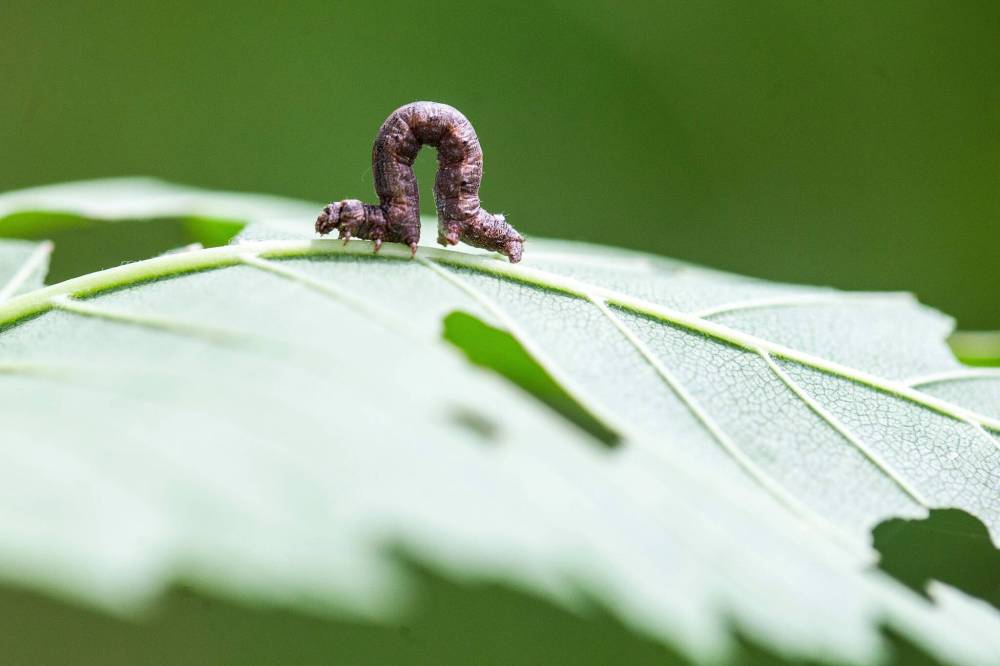City goes to war with caterpillar invaders
Advertisement
Read this article for free:
or
Already have an account? Log in here »
To continue reading, please subscribe:
Monthly Digital Subscription
$0 for the first 4 weeks*
- Enjoy unlimited reading on winnipegfreepress.com
- Read the E-Edition, our digital replica newspaper
- Access News Break, our award-winning app
- Play interactive puzzles
*No charge for 4 weeks then price increases to the regular rate of $19.00 plus GST every four weeks. Offer available to new and qualified returning subscribers only. Cancel any time.
Monthly Digital Subscription
$4.75/week*
- Enjoy unlimited reading on winnipegfreepress.com
- Read the E-Edition, our digital replica newspaper
- Access News Break, our award-winning app
- Play interactive puzzles
*Billed as $19 plus GST every four weeks. Cancel any time.
To continue reading, please subscribe:
Add Free Press access to your Brandon Sun subscription for only an additional
$1 for the first 4 weeks*
*Your next subscription payment will increase by $1.00 and you will be charged $16.99 plus GST for four weeks. After four weeks, your payment will increase to $23.99 plus GST every four weeks.
Read unlimited articles for free today:
or
Already have an account? Log in here »
Hey there, time traveller!
This article was published 02/06/2023 (913 days ago), so information in it may no longer be current.
Ah, late spring. Long sunny days, absurdly hot temperatures (at least this year) and the trauma of another cold, snowy winter a mere blip in the memory bank.
Now it’s time to sit back and enjoy… the invasion of hangy, crawly things.
Cankerworms, elm spanworms and forest tent caterpillars have made their unpleasant arrival in many parts of the city, hatching in elm and ash trees after spending a year gestating in eggs laid by their mothers last year.

MIKAELA MACKENZIE / WINNIPEG FREE PRESS
Canker worms on an elm on Yale Avenue near Harrow Street in River Heights on Friday.
The sudden but not unexpected infestation of tree and shrub destroyers is so severe that the city is in the midst of a pest caterpillar control program that began earlier this week.
The situation is not — not yet, anyway — at cheesy horror-movie level, but the armies’ relentless descent from up above via hard-to-see but creepy-to-feel silken thread is enough to postpone warm-weather neighbourhood walks until the storm has passed.
To get an idea about how bad things could get, one forest tent caterpillar moth lays a minimum of 50 eggs, and one cankerworm moth lays a minimum 100 eggs per summer. The key word there is “minimum”; the prolific members of those species can lay hundreds of eggs.
And just Winnipeg’s luck — the two species are native to most of Canada, but areas with large numbers of elm and ash trees are particularly vulnerable, said David Wade, the city’s superintendent of insect control.
“Eastern Canada deals more with spongy moth than anything else,” Wade said. “Every area has their predominant tree, we have a lot of elm and ash trees, so we tend to get these species attacking our trees.”
The city pounced on the problem quickly because the caterpillar onslaught leaves the trees vulnerable to issues such as dutch elm disease. When trees die it affects carbon levels in the atmosphere, contributing to climate change.
As well, damage to the tree canopy means less shade, particularly important during periods of extreme heat, such as the one Winnipeg is currently baking in.
Wade said there isn’t much residents can do to prevent attacks now, or in the future.
“People can band their own trees if they want… (but) tree-banding only affects the cankerworm species, not the other two species I mentioned.”

MIKAELA MACKENZIE / WINNIPEG FREE PRESS
One cankerworm moth lays a minimum 100 eggs per summer.
That involves attaching a band made from plastic and insulation that is are covered in a substance called tree tanglefoot that stops wingless females in their tracks before they can lay eggs.
“There’s no magic bullet to reduce the population for the following year,” Wade said.
The city is using a bacterial insecticide known as BTK that targets the caterpillar population specifically and poses no danger to other species.
Despite being annoying, disgusting, frightening or any of another 100 words to describe the critters, they pose no health risk to humans or their pets.
Wade said that the plague will come to an end after three more weeks; any caterpillars that escape the city’s counter-attack will “pupate” (cocoon themselves) and eventually emerge as moths, ready to spawn and start the cycle anew.
graham.mcdonald@freepress.mb.ca


